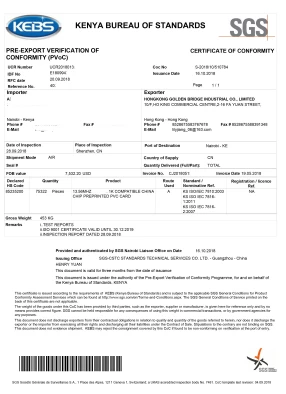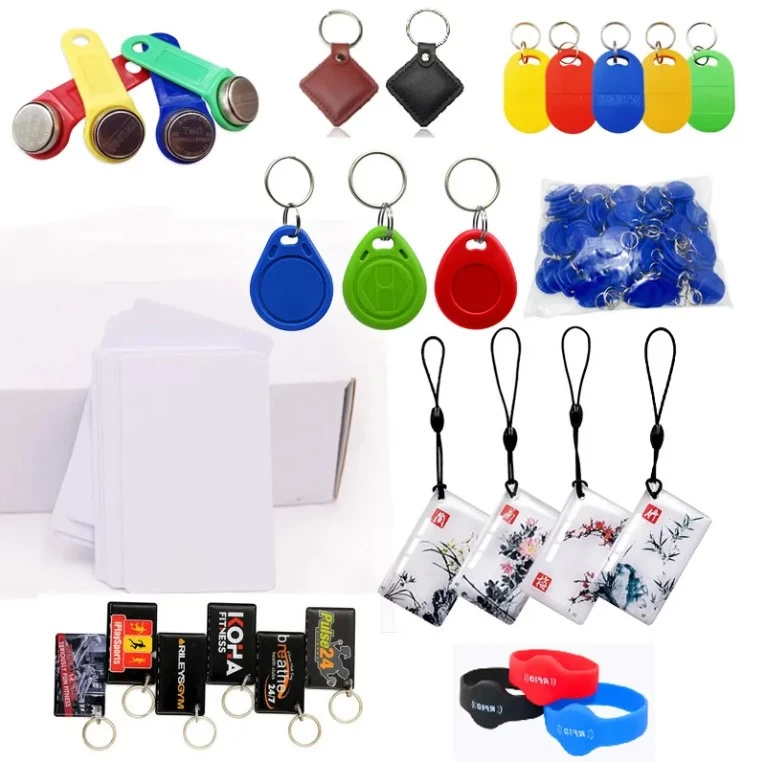Datamars launched UHF RFID identification system based on artificial intelligence to improve the acc
For a long time, technical challenges have hindered the full application of RFID systems, such as the misreading of tags by readers and how to correctly distribute the readings to constantly flowing items.
The use of machine learning algorithms ensures the most accurate recognition so far, paving the way for a new generation of reader systems. It guarantees the accuracy of the automated system: avoiding misreading; and accurately identifying moving textiles without interrupting the work process, and correctly assigning labels to bulk flowing items.

The goal of using the RFID system is to identify and track the entire life cycle of textiles, achieve precise and automated inventory management, reduce losses, generate transparent data and accurate bills to improve labor efficiency, and improve profitability by optimizing the textile flow cycle, and Reduce the cost of replacing lost textiles. The higher the accuracy of the RFID system, the more these benefits can be fully realized.
But it is not easy. UHF RFID technology is characterized by its ability to read tags without sight and long distances, which allows this technology to read batches of thousands of textiles in a few seconds, but it may also be accidentally read in the surrounding area. To unneeded labels, especially when items are scattered or moving. This reduces the accuracy of RFID data collection.
So far, this problem is mainly solved by using a mechanical shielding structure or manually setting the threshold of the reader parameters to control and limit the reading area as much as possible. But at the same time, this method limits the flexibility of the RFID system and reduces the operating speed.
How is machine learning applied to RFID?
Datamars has applied machine learning technology to RFID technology. Machine learning is a branch of artificial intelligence, which provides the system with the ability to learn and improve automatically through experience without the need for explicit programming. It will actively check the data sets generated in practice to find common patterns and build a model to make decisions.
The system uses machine learning algorithms and a specially developed neural network to classify each tag using information extracted from data read from all RFID tags. In this way, the system can identify and discard tags that are not in range, instead of avoiding errors by "avoiding misreading".
In addition, by using a neural network trained with a large amount of data, the system does not need to manually set thresholds and other mechanisms, nor does it require a large number of complex fine-tuning processes. The larger the amount of data, the more accurate and robust the neural network, which can easily adapt to multiple environments, use cases, and changes, which can also reduce hardware investment. Since all processes are determined by software algorithms, over time, the accuracy of the reading system will also improve with software updates without having to deal with hardware changes.
Riccardo Mazzolini, General Manager of Datamars textile ID, said: “Datamars has once again broken the boundaries of RFID technology and pioneered the use of artificial intelligence machine learning technology in laundry applications, providing the market with more accurate, flexible and adaptable The UHF RFID reading system provides customers with a better user experience."
For more information please contact sales@goldbridgesz.com


























